Carlos Gershenson
Vrije Universiteit Brussel
The Art of Misclassification: Too Many Classes, Not Enough Points
Feb 12, 2025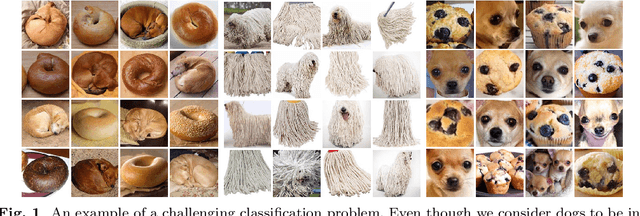
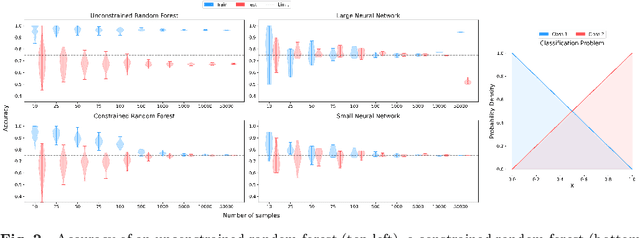
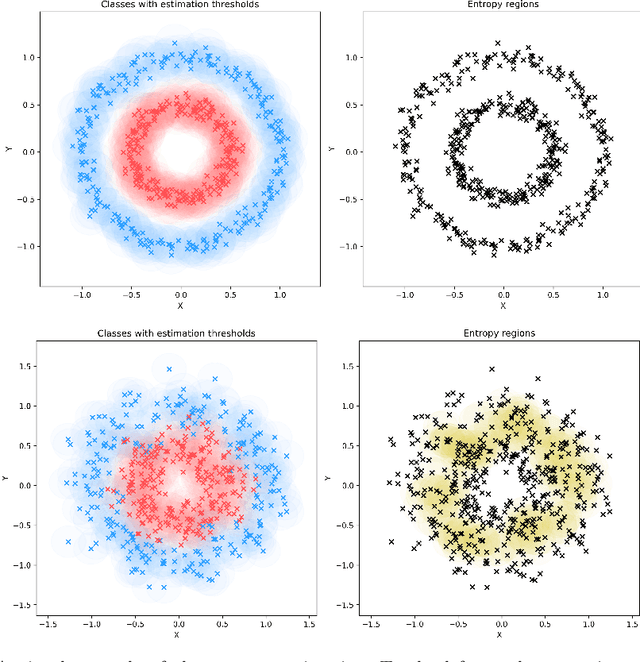
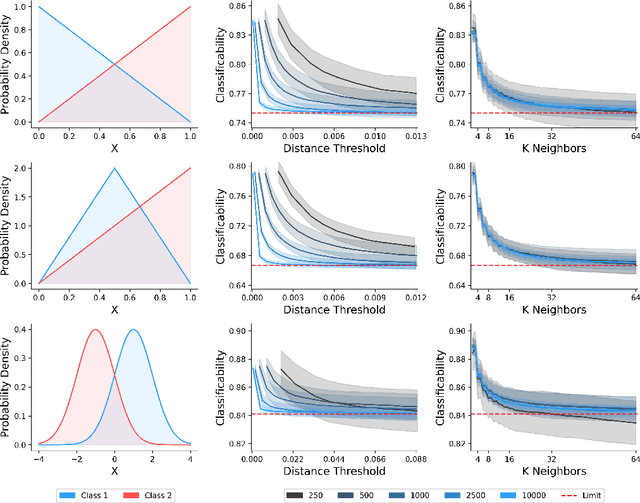
Abstract:Classification is a ubiquitous and fundamental problem in artificial intelligence and machine learning, with extensive efforts dedicated to developing more powerful classifiers and larger datasets. However, the classification task is ultimately constrained by the intrinsic properties of datasets, independently of computational power or model complexity. In this work, we introduce a formal entropy-based measure of classificability, which quantifies the inherent difficulty of a classification problem by assessing the uncertainty in class assignments given feature representations. This measure captures the degree of class overlap and aligns with human intuition, serving as an upper bound on classification performance for classification problems. Our results establish a theoretical limit beyond which no classifier can improve the classification accuracy, regardless of the architecture or amount of data, in a given problem. Our approach provides a principled framework for understanding when classification is inherently fallible and fundamentally ambiguous.
Statistical Analysis of the Impact of Quaternion Components in Convolutional Neural Networks
Aug 29, 2024Abstract:In recent years, several models using Quaternion-Valued Convolutional Neural Networks (QCNNs) for different problems have been proposed. Although the definition of the quaternion convolution layer is the same, there are different adaptations of other atomic components to the quaternion domain, e.g., pooling layers, activation functions, fully connected layers, etc. However, the effect of selecting a specific type of these components and the way in which their interactions affect the performance of the model still unclear. Understanding the impact of these choices on model performance is vital for effectively utilizing QCNNs. This paper presents a statistical analysis carried out on experimental data to compare the performance of existing components for the image classification problem. In addition, we introduce a novel Fully Quaternion ReLU activation function, which exploits the unique properties of quaternion algebra to improve model performance.
The Origin of Information Handling
Apr 05, 2024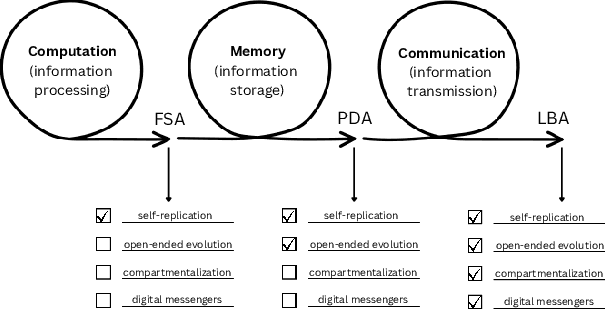

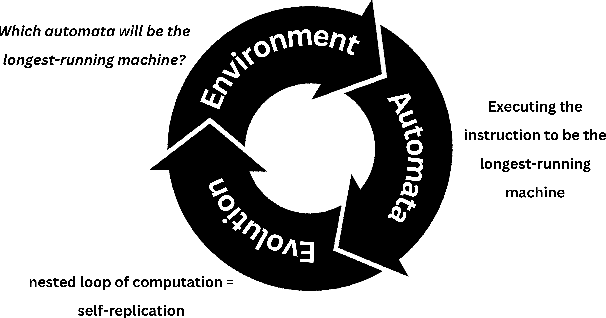
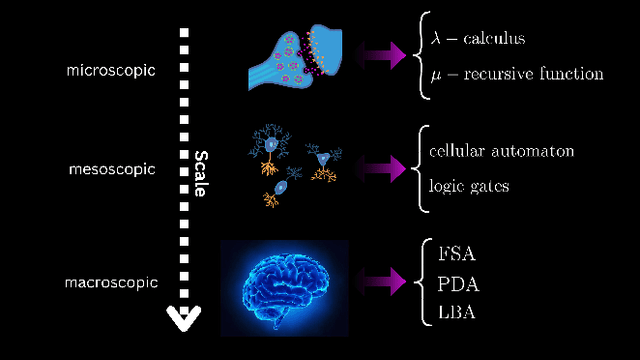
Abstract:A major challenge when describing the origin of life is to explain how instructional information control systems emerge naturally and spontaneously from mere molecular dynamics. So far, no one has clarified how information control emerged ab initio and how primitive control mechanisms in life might have evolved, becoming increasingly refined. Based on recent experimental results showing that chemical computation does not require the presence of life-related chemistry, we elucidate the origin and early evolution of information handling by chemical automata, from information processing (computation) to information storage (memory) and information transmission (communication). In contrast to other theories that assume the existence of initial complex structures, our narrative starts from trivial self-replicators whose interaction leads to the arising of more powerful molecular machines. By describing precisely the primordial transitions in chemistry-based computation, our metaphor is capable of explaining the above-mentioned gaps and can be translated to other models of computation, which allow us to explore biological phenomena at multiple spatial and temporal scales. At the end of our manuscript, we propose some ways to extend our ideas, including experimental validation of our theory (both in vitro and in silico).
Quaternion Convolutional Neural Networks: Current Advances and Future Directions
Jul 17, 2023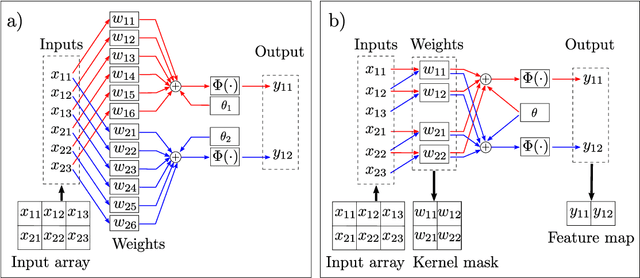
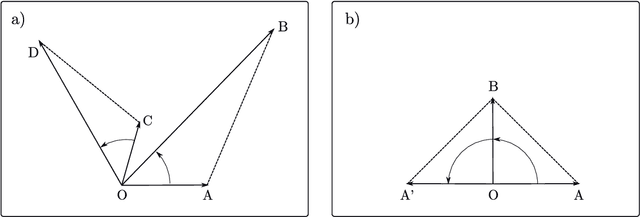
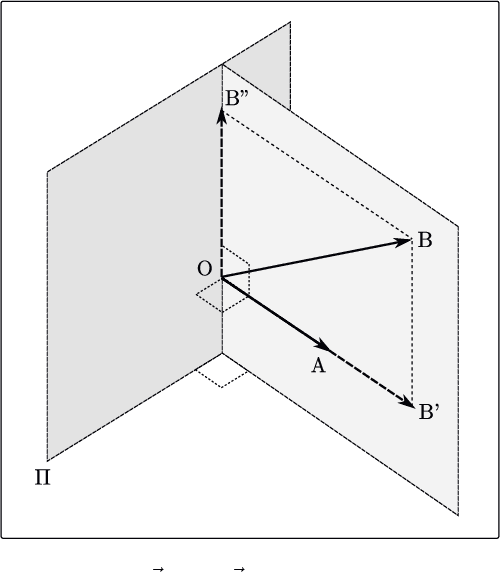
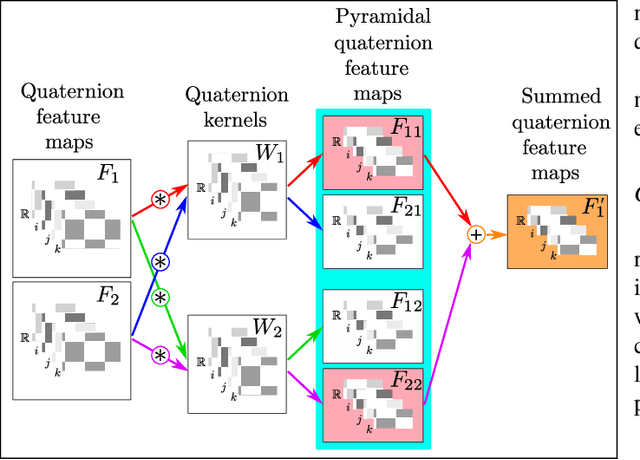
Abstract:Since their first applications, Convolutional Neural Networks (CNNs) have solved problems that have advanced the state-of-the-art in several domains. CNNs represent information using real numbers. Despite encouraging results, theoretical analysis shows that representations such as hyper-complex numbers can achieve richer representational capacities than real numbers, and that Hamilton products can capture intrinsic interchannel relationships. Moreover, in the last few years, experimental research has shown that Quaternion-Valued CNNs (QCNNs) can achieve similar performance with fewer parameters than their real-valued counterparts. This paper condenses research in the development of QCNNs from its very beginnings. We propose a conceptual organization of current trends and analyze the main building blocks used in the design of QCNN models. Based on this conceptual organization, we propose future directions of research.
Statistical analysis of word flow among five Indo-European languages
Jan 17, 2023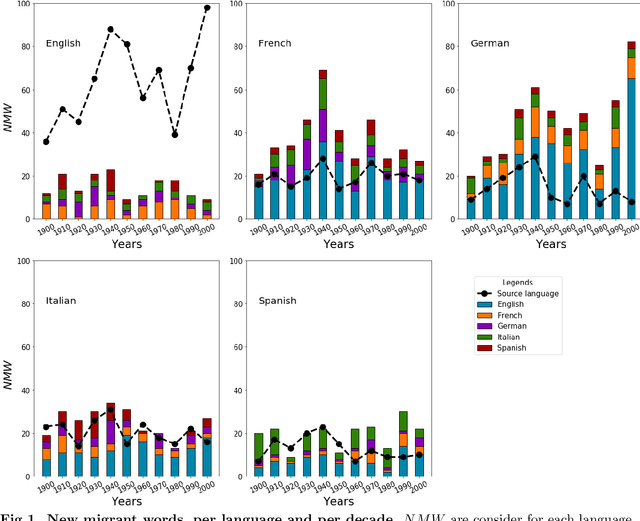
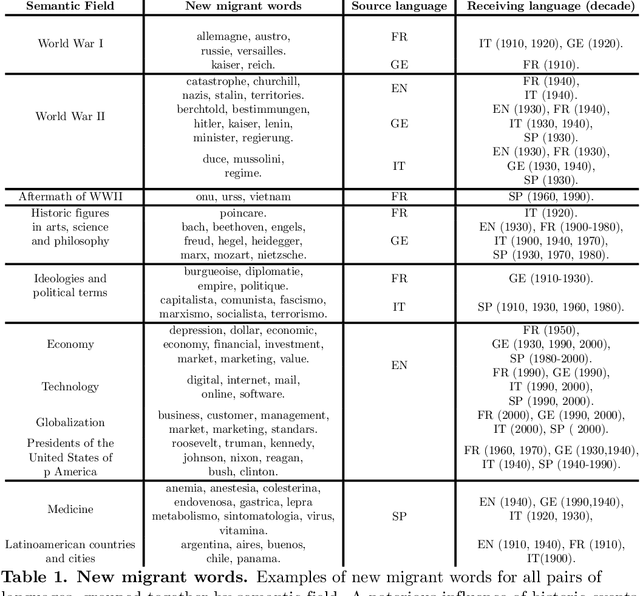
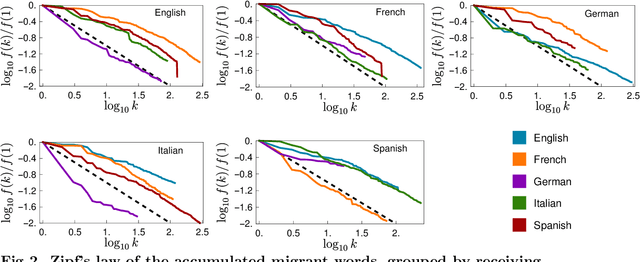
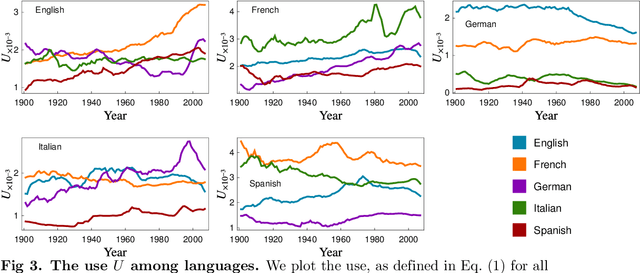
Abstract:A recent increase in data availability has allowed the possibility to perform different statistical linguistic studies. Here we use the Google Books Ngram dataset to analyze word flow among English, French, German, Italian, and Spanish. We study what we define as ``migrant words'', a type of loanwords that do not change their spelling. We quantify migrant words from one language to another for different decades, and notice that most migrant words can be aggregated in semantic fields and associated to historic events. We also study the statistical properties of accumulated migrant words and their rank dynamics. We propose a measure of use of migrant words that could be used as a proxy of cultural influence. Our methodology is not exempt of caveats, but our results are encouraging to promote further studies in this direction.
Language statistics at different spatial, temporal, and grammatical scales
Jul 02, 2022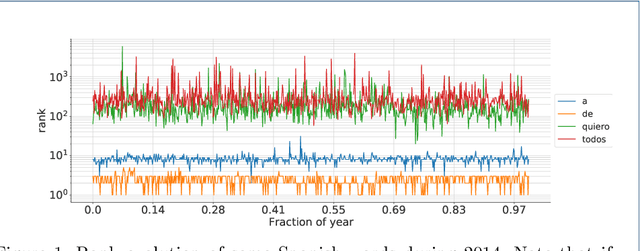

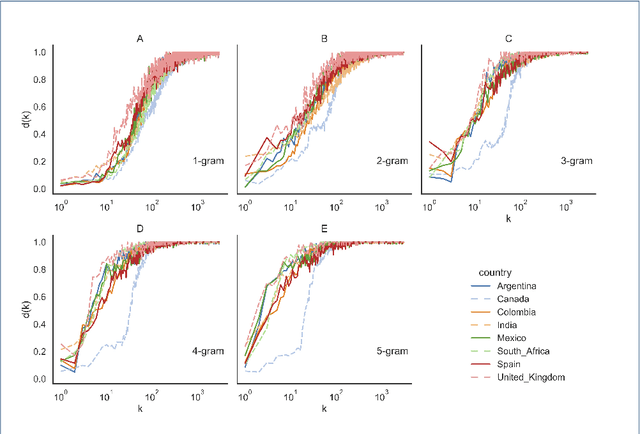

Abstract:Statistical linguistics has advanced considerably in recent decades as data has become available. This has allowed researchers to study how statistical properties of languages change over time. In this work, we use data from Twitter to explore English and Spanish considering the rank diversity at different scales: temporal (from 3 to 96 hour intervals), spatial (from 3km to 3000+km radii), and grammatical (from monograms to pentagrams). We find that all three scales are relevant. However, the greatest changes come from variations in the grammatical scale. At the lowest grammatical scale (monograms), the rank diversity curves are most similar, independently on the values of other scales, languages, and countries. As the grammatical scale grows, the rank diversity curves vary more depending on the temporal and spatial scales, as well as on the language and country. We also study the statistics of Twitter-specific tokens: emojis, hashtags, and user mentions. These particular type of tokens show a sigmoid kind of behaviour as a rank diversity function. Our results are helpful to quantify aspects of language statistics that seem universal and what may lead to variations.
Intelligence as information processing: brains, swarms, and computers
Aug 09, 2021Abstract:There is no agreed definition of intelligence, so it is problematic to simply ask whether brains, swarms, computers, or other systems are intelligent or not. To compare the potential intelligence exhibited by different cognitive systems, I use the common approach used by artificial intelligence and artificial life: Instead of studying the substrate of systems, let us focus on their organization. This organization can be measured with information. Thus, I apply an informationist epistemology to describe cognitive systems, including brains and computers. This allows me to frame the usefulness and limitations of the brain-computer analogy in different contexts. I also use this perspective to discuss the evolution and ecology of intelligence.
Artificial life: sustainable self-replicating systems
May 27, 2021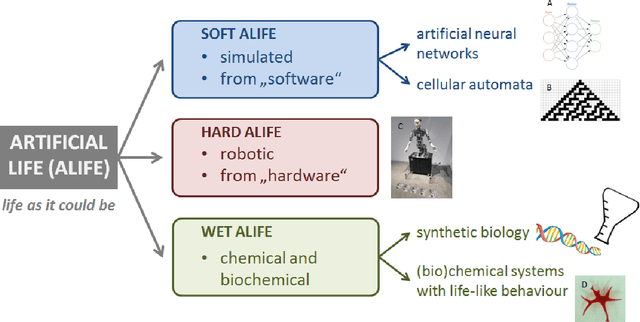
Abstract:Nature has found one method of organizing living matter, but maybe there are also other options -- not yet discovered -- on how to create life. To study the life as it could be is the objective of an interdisciplinary field called Artificial Life (commonly abbreviated as ALife). The word "artificial" refers to the fact that humans are involved in the creation process. The results might be completely unlike natural forms of life, not only because of their chemical composition, but even some computer programs exhibiting life-like behaviours interest ALife researchers.
Emergence in artificial life
Apr 30, 2021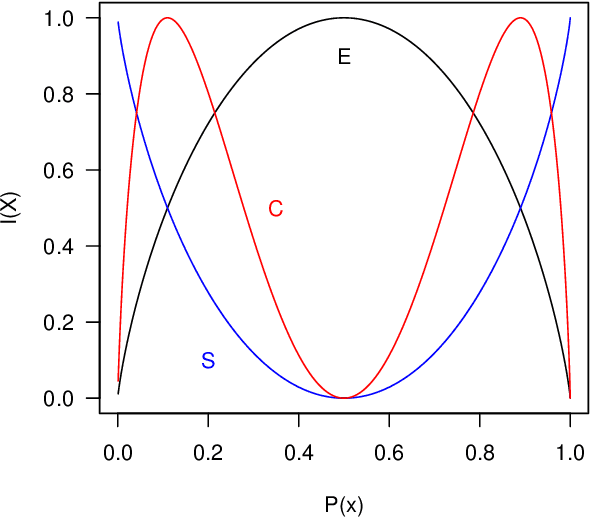
Abstract:Concepts similar to emergence have been used since antiquity, but we lack an agreed definition of emergence. Still, emergence has been identified as one of the features of complex systems. Most would agree on the statement "life is complex". Thus, understanding emergence and complexity should benefit the study of living systems. It can be said that life emerges from the interactions of complex molecules. But how useful is this to understand living systems? Artificial life (ALife) has been developed in recent decades to study life using a synthetic approach: build it to understand it. ALife systems are not so complex, be them soft (simulations), hard (robots), or wet (protocells). Then, we can aim at first understanding emergence in ALife, for then using this knowledge in biology. I argue that to understand emergence and life, it becomes useful to use information as a framework. In a general sense, emergence can be defined as information that is not present at one scale but is present at another scale. This perspective avoids problems of studying emergence from a materialistic framework, and can be useful to study self-organization and complexity.
Antifragility Predicts the Robustness and Evolvability of Biological Networks through Multi-class Classification with a Convolutional Neural Network
Feb 04, 2020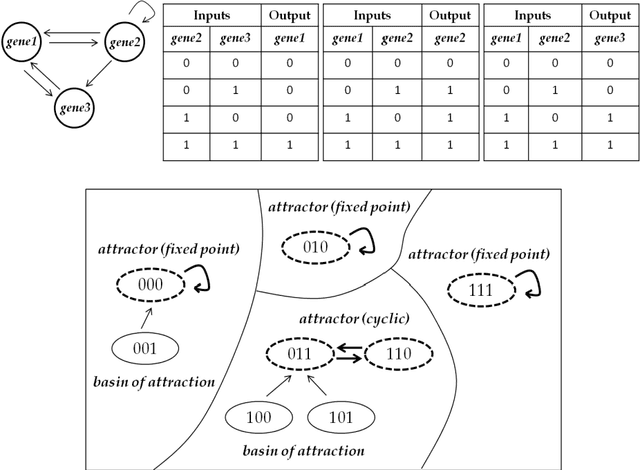
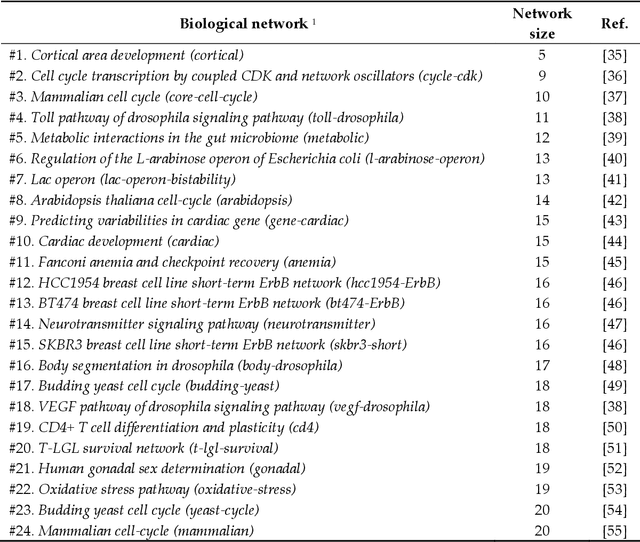
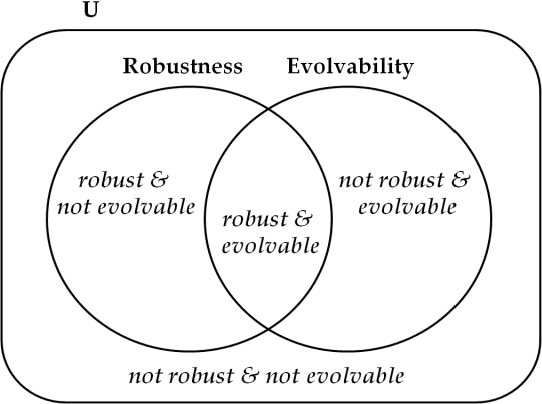

Abstract:Robustness and evolvability are essential properties to the evolution of biological networks. To determine if a biological network is robust and/or evolvable, the comparison of its functions before and after mutations is required. However, it has an increasing computational cost as network size grows. Here we aim to develop a predictor to estimate the robustness and evolvability of biological networks without an explicit comparison of functions. We measure antifragility in Boolean network models of biological systems and use this as the predictor. Antifragility is a property to improve the capability of a system through external perturbations. By means of the differences of antifragility between the original and mutated biological networks, we train a convolutional neural network (CNN) and test it to classify the properties of robustness and evolvability. We found that our CNN model successfully classified the properties. Thus, we conclude that our antifragility measure can be used as a significant predictor of the robustness and evolvability of biological networks.
 Add to Chrome
Add to Chrome Add to Firefox
Add to Firefox Add to Edge
Add to Edge